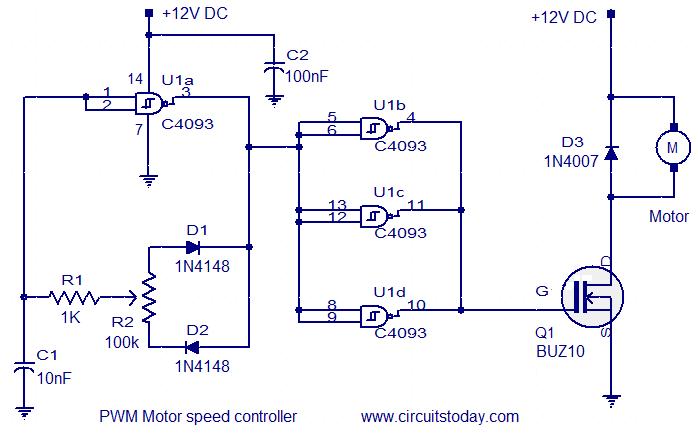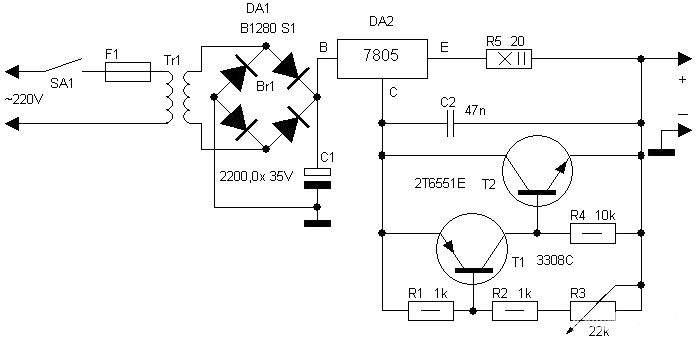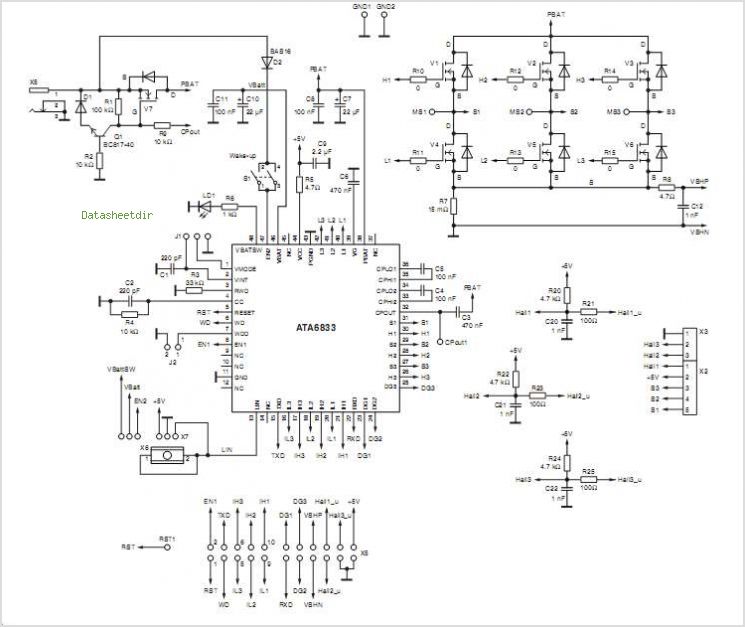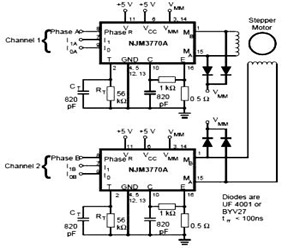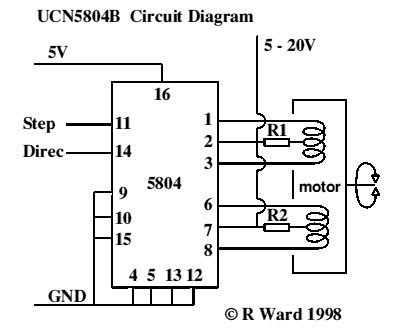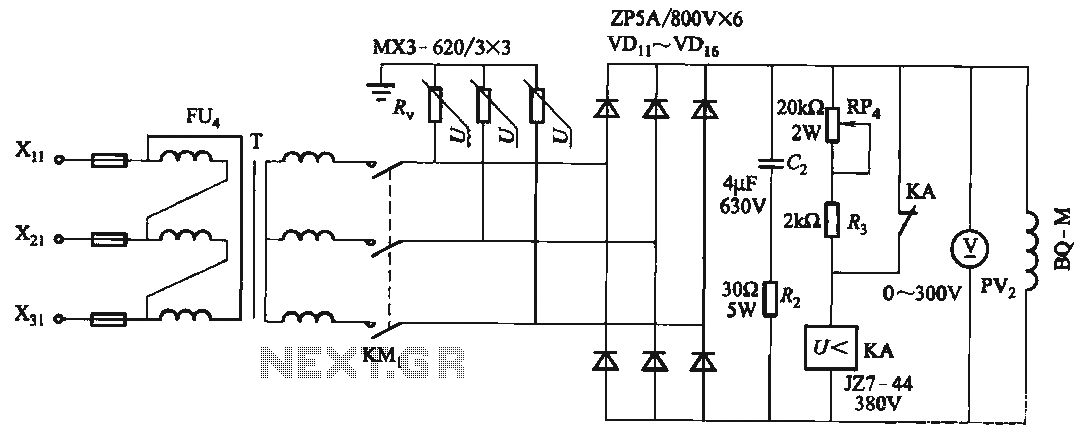
stepper motor question

The inquiry was focused not only on power consumption but also on the observation that some stepper motors have more wires than the standard four, while others are classified as bipolar.
Stepper motors are widely used in various applications due to their precision control and ability to maintain position without requiring feedback systems. The conventional four-wire stepper motors are typically unipolar, meaning they have a center tap connected to the power supply, allowing current to flow in one direction through each coil. This configuration enables simpler control circuits but limits the torque and efficiency compared to bipolar stepper motors.
Bipolar stepper motors, on the other hand, utilize two coils without a center tap. These motors require more complex control circuits, often involving an H-bridge configuration that allows current to flow in both directions through the coils. This design increases torque and efficiency, making bipolar motors suitable for applications that demand higher performance.
When examining stepper motors, the number of wires can indicate the motor type and its operational characteristics. For instance, a five-wire motor typically indicates a unipolar design with a common connection, while a six-wire motor can be either unipolar or bipolar, depending on how the coils are configured. Understanding these distinctions is crucial for selecting the appropriate motor for specific applications, as it impacts not only power consumption but also control complexity and performance.
In summary, the choice between unipolar and bipolar stepper motors is influenced by factors such as wiring configuration, power requirements, and desired performance characteristics. Proper analysis of these elements is essential for effective motor selection in electronic designs.The reason i was asking more so than just the power consumption was the fact that some stepper motors seem to have more wires than the four that i have and other stepper motors are called bipolar. 🔗 External reference
Stepper motors are widely used in various applications due to their precision control and ability to maintain position without requiring feedback systems. The conventional four-wire stepper motors are typically unipolar, meaning they have a center tap connected to the power supply, allowing current to flow in one direction through each coil. This configuration enables simpler control circuits but limits the torque and efficiency compared to bipolar stepper motors.
Bipolar stepper motors, on the other hand, utilize two coils without a center tap. These motors require more complex control circuits, often involving an H-bridge configuration that allows current to flow in both directions through the coils. This design increases torque and efficiency, making bipolar motors suitable for applications that demand higher performance.
When examining stepper motors, the number of wires can indicate the motor type and its operational characteristics. For instance, a five-wire motor typically indicates a unipolar design with a common connection, while a six-wire motor can be either unipolar or bipolar, depending on how the coils are configured. Understanding these distinctions is crucial for selecting the appropriate motor for specific applications, as it impacts not only power consumption but also control complexity and performance.
In summary, the choice between unipolar and bipolar stepper motors is influenced by factors such as wiring configuration, power requirements, and desired performance characteristics. Proper analysis of these elements is essential for effective motor selection in electronic designs.The reason i was asking more so than just the power consumption was the fact that some stepper motors seem to have more wires than the four that i have and other stepper motors are called bipolar. 🔗 External reference
